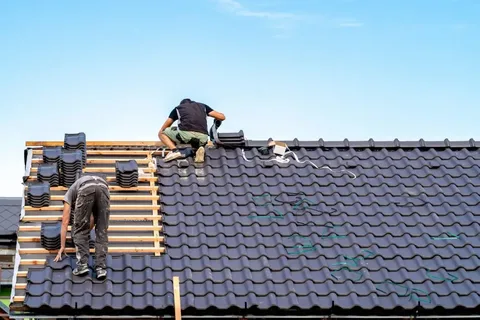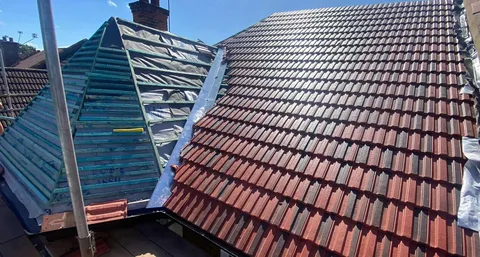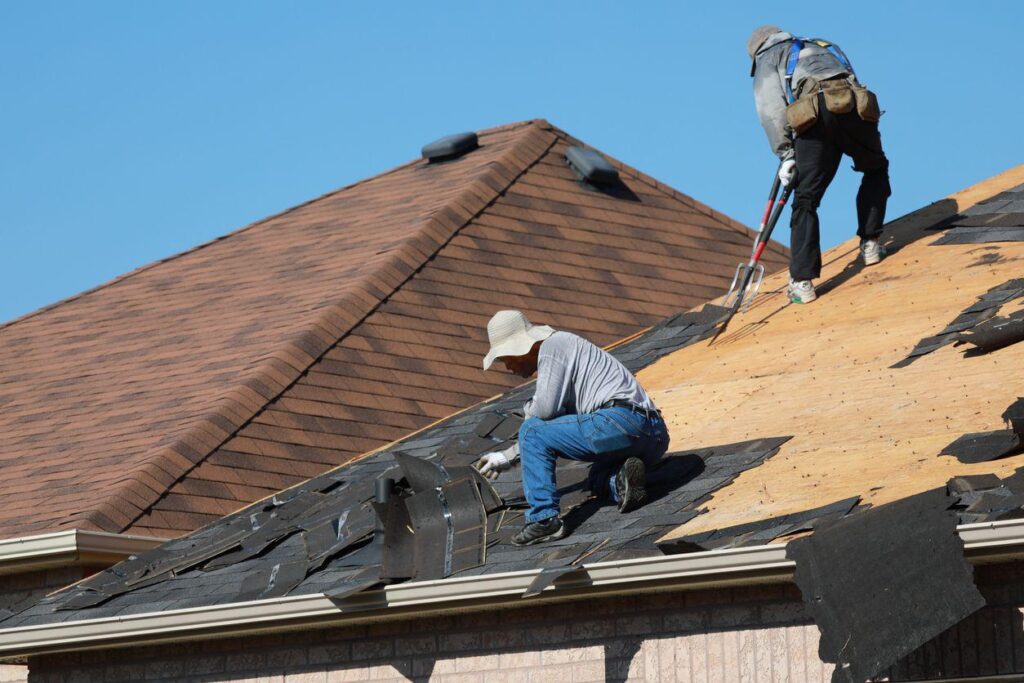Introduction
Roof installations can certainly be done during the cold and rainy season, although certain risks are involved. Installer’s safety and adhesive failures can make the task more challenging in winter but expert installers are trained to navigate difficult situations. Roofing during rain, however, is not recommended by experts and wet surfaces can void the manufacturer’s warranties. Improper installation can lead to premature roof failure, resulting in denied insurance claims. Consultation with licensed roof installers can help you make the right decision based on your local climate and existing roof conditions.
Does Roofing in Rain Void Warranties? Cold Facts About Roof Installations in Cold Seasons
The decision to install roofs during cold seasons is not easy. While unfavorable weather conditions like rain are not considered safe for roof installations, well timed emergency measures can be taken to address necessary repairs during the rainy season. Cold seasons come with their own set of challenges. Contractors have to work carefully in slippery conditions with the risk of material damage. Homeowners feel worried that improper installations can result in voiding the warranty and their roof may not last long.
| Important factCheck your local building codes as some regions restrict roof installations below certain temperatures. Permit requirements may also vary seasonally. |
Here is your guide to understanding whether roof installations can be done during rainy or cold seasons.
- Problems With Roofing During Rain
- Slippery surfaces increase the risks of falls and accidents for roofers.
- The roofing team has to work in small sections to let the materials dry before the rainy spell begins again.
- Reduced visibility can result in mistakes during installation which can ruin your investment.
- Materials absorb moisture during high humidity and wet conditions, which can eventually lead to warp or rot, eventually leading to compromised structural integrity.
- Trapped moisture results in favourable conditions for mold growth.
- Water seepage in electrical wiring and materials can be a safety hazard.
| Did you know?Most manufacturers recommend a minimum of 40 degrees Fahrenheit for shingles. Below that, extra measures like warming materials and hand sealing are required. |
- Challenges of Winter Roof Installations
- Materials like shingles can become brittle or cracked in cold spells.
- Equipment and tools may not perform best, such as nails not holding when driven in wet or brittle materials. Malfunctions can lead to accidents or injuries.
- Delayed drying time can result in moisture issues down the line, resulting in compromised work quality.
- Incomplete adhesion can reduce the effectiveness of the roof and decrease its lifespan.
- How Do Roofers Ensure Proper Installation During Rainy or Cold Seasons
Emergency Steps During the Rainy Season
Contractors may use waterproof tarps to cover the damaged area and use sealants and quick patches to do the temporary repairs until the weather settles down. Peel and stick underlayment strips also provide a temporary solution to stop water seepage and avoid further damage.
Cold Season Measures
- Winter grade shingles should be hand sealed if temperatures drop below 40℉.
- Rubber based membranes like EPDM remain flexible and can be heat welded in winter.
- Self adhering underlayments must be stored warm before installation.
- Use heat guns or portable heaters to warm materials during cold installation.
| Fast Fact An estimated 5 million residential roofs are installed each year in the US, and roof replacements in existing homes dominate 85% of the roofing business. |
Conclusion
Roofing requires dry and stable conditions to yield the best results. Whether due to a busy schedule or unpredictable weather patterns, homeowners have to make the tough decision. Proper safety measures and equipment are necessary to prevent injuries and ensure quality installations. With proper planning, you can ensure your roof is installed at the right time and will protect your home for years to come.
FAQs
What are the benefits of winter roofing?
Homeowners can avail of off-season discounts and pricing and roof installation projects can be scheduled and finished quickly than in busy seasons.
What are the tools and techniques for cold installation?
Store adhesives indoors overnight, use heat guns to warm the sealants and materials during installation and hand seal shingles if self adhesion fails.
Why do homeowners choose to re-install roofs?
34% of homeowners replace their roofs due to storm damage, 33% due to leaks, 24% foresee roof failure while 3% want to improve their property’s appearance and value.



